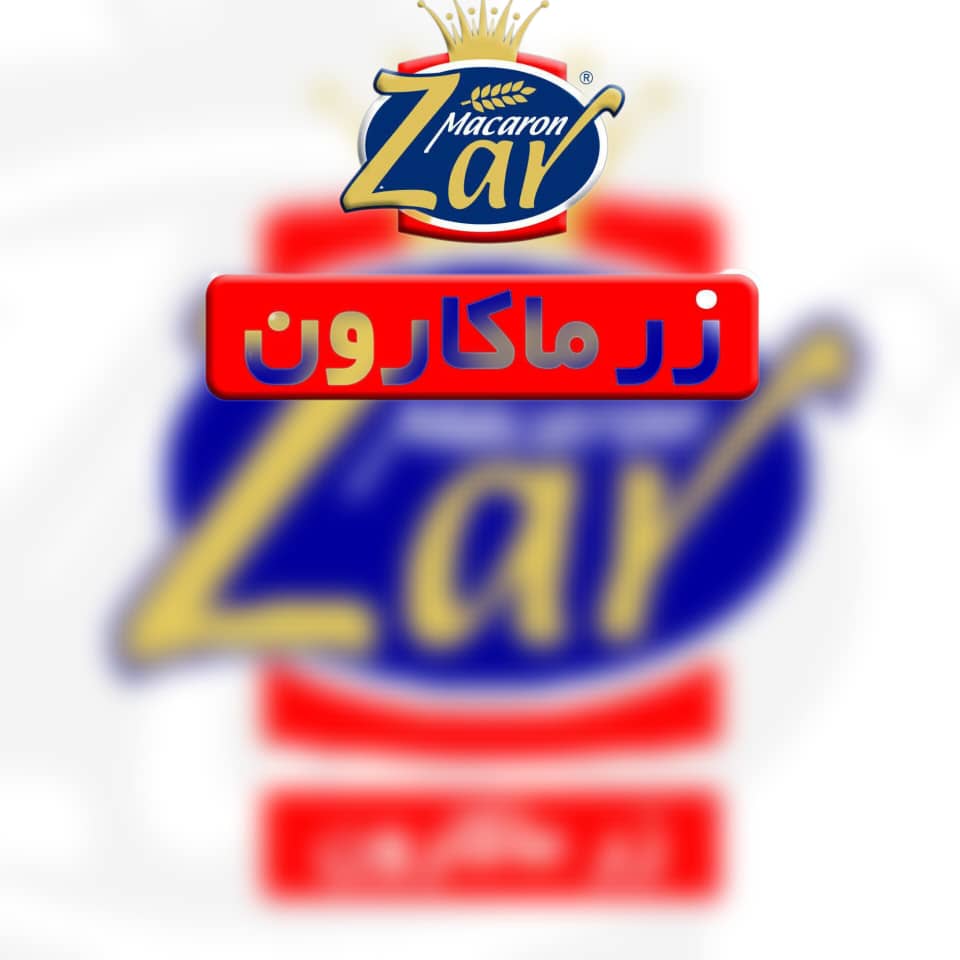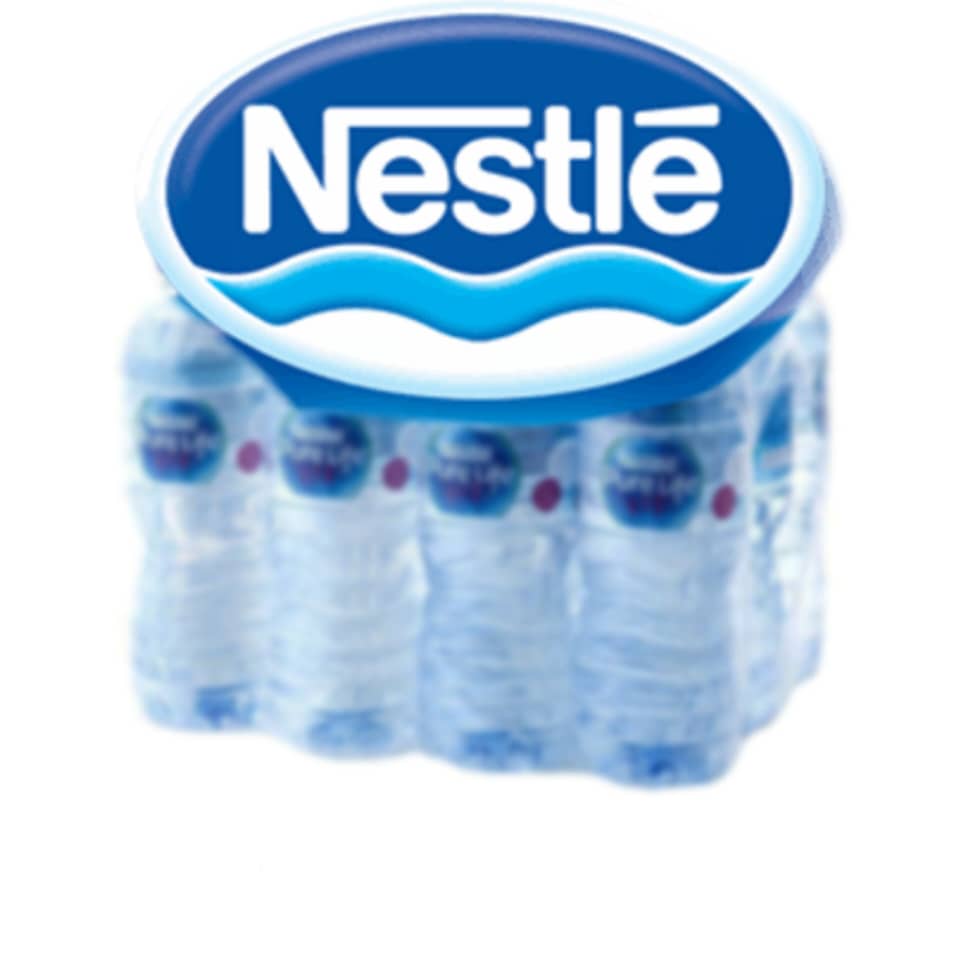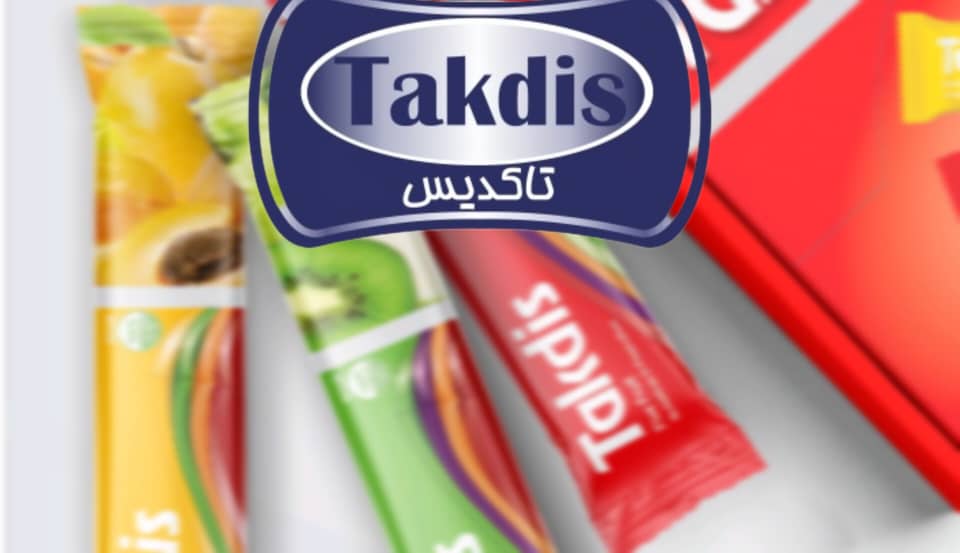- Seen : 1029 View
- established year : 1280
- Phone : 00493060989426
- Fax : 0049302142348
- website : kontakt@alte-muenze-berlin.de
- Address : Am Krögel 2,10179 Berlin
-
About us :
The oldest documented mention of the Berlin Mint dates from 1280. The development of coinage in Berlin has a checkered history and a tradition of more than 700 years. In 1701, the Prussian King Frederick I commissioned a new construction of the Royal Mint and it was under Frederick the Great in 1750 the coinage was reorganized. With the letter "A", the Berlin mint received its mint mark, ...
More -
About us :
The oldest documented mention of the Berlin Mint dates from 1280. The development of coinage in Berlin has a checkered history and a tradition of more than 700 years. In 1701, the Prussian King Frederick I commissioned a new construction of the Royal Mint and it was under Frederick the Great in 1750 the coinage was reorganized. With the letter "A", the Berlin mint received its mint mark, which is still valid today and is one of the oldest trademarks of all. During the 18th century, the location of the royal mint changed several times. However, this was always in the area of the bank of the Spree, as water drove the machines. In 1934, the Coin Act decided to merge the six German national coins into one German Reich coin, and from 1936 a new building was started on Molkenmarkt 1/3. The new money factory was built according to plans by the architects Fritz Keibel and Arthur Reck on the foundations of the medieval Krögel district, the Mühlenviertel and the Stadtvogtei (city prison). The baroque Schwerin Palace from 1704 was integrated into the building complex. For this purpose, the palace was demolished and rebuilt a few meters further. A copy of the 48 m long Schadow coin frieze that adorned the building of the Berlin Mint on Werderschen Markt was embedded in the new building adjacent to the south. When the construction work, which had to be interrupted several times since 1939, was finally stopped in 1942, the peripheral buildings belonging to the mint and part of the actual factories located inside the block were completed. Production started at the end of 1947 with the production of 5 and 10 pfennig pieces. After the Dresden / Muldenhütten mint was closed, the VEB Münze Berlin was the only mint in the GDR. On July 16, 1990, shortly after the economic, currency and social union, the production of D-mark coins began. At the same time, extensive construction and rationalization measures were implemented in the following months in order to bring the production level in line with the other German mints. Production of euro coins began here in 1999. Up to 850 coins per minute and machine were minted here for the new currency. When the euro was introduced on January 1, 2002, the Berlin State Mint minted a total of 3.4 billion pieces and assembled 12 million starter kits. At the end of 2005 / beginning of 2006, the State Mint left the Berlin-Mitte location and has since been producing Reinickendorf.
Close










